Native American children represent 7 percent of Washington State’s child population and are roughly five times more likely to be victims of abuse or neglect compared to white children, according to data from Child Protective Services. Statewide, Native American children are three times more likely to be referred to child welfare than their white counterparts.
Census figures show the city of Spokane alone holds the eighth-largest Native American population in the nation.
Alaska native Tara Dowd, who grew up in Washington’s child welfare system for most of her early life, said there’s a saying among foster kids: those who make it out call each other alumni.
“An alumni means you’ve earned something,” Dowd said. “I’ve lost more than I’ve gained in the child welfare system.”
The Spokane local who is critical of the state’s compliance with the federal Indian Child Welfare Act said the child welfare system is particularly unfit for Native American children.
“Our system is not set up to do any other color but white,” Dowd said.
The federal law enacted in 1978 restricted government jurisdiction to tribal courts in response to the high rate American Indian children who were taken out of their homes by child welfare. A Washington State Indian Child Welfare Act was passed by the legislature in April and, at the time this story was written, is currently waiting signature by the governor.
Prevailing research reports poverty and single-parent upbringing are major contributors to increased likelihood of child maltreatment.
Spokane’s 99207 ZIP code in the Hillyard neighborhood, where the annual median family income is $30,000 and 18 percent of families live in poverty, received 993 CPS referrals in 2008 according to most recent available data from the Department of Social and Health Services.
The 99203 and 99223 ZIP codes that are part of the more affluent South Hill area had 343 CPS referrals reported in the same year. The South Hill neighborhood had about double the median income compared to Hillyard with 3 percent living in poverty, according to census data.
The referrals by ZIP codes represent raw reports and do not reflect only investigated cases screened for qualified maltreatment.
Lily Haken, who works for Children’s Administration for Spokane County and much of Eastern Washington, could not be reached for comment.
Children living in families with an annual income less than $15,000 are 22 times more likely to be abused or neglected than children living in families with an annual income of $30,000 or more, according to the Children’s Defense Fund, a national non-profit child advocacy group.
The most over-represented racial groups in the child welfare system are also the most likely to be raised in low-income, single-parent households.
“While low income is the best predictor of child protection racial disparities, the disproportionate poverty levels among minorities are key factors in explaining the racial/ethnic disparities seen in the child protection system,” according to the committee’s racial disproportionality report.
Poverty and child abuse is the chicken or the egg question: which causes which, said Toni Lodge, executive director of the NATIVE Project/NATIVE Health Clinic of Spokane and member of the Local Indian Child Welfare Advisory Committee.
Lodge says racism in the welfare system should be the focus.
“Poverty is an issue but it’s not the [main issue],” Lodge said. “No one race is more screwed up than the other.”
State legislature, aware of overall disproportionate racial breakdown in the state’s child welfare system commissioned an advisory committee in 2008 to report on the issue.
Although the report showed Native Americans and blacks are generally the most disproportionate groups, it could not conclude with a clear answer as to why.
“It’s a complex constellation of things that contribute to child maltreatment,” said Marna Miller, senior research associate of the Washington State Institute for Public Policy and head analyst for the report.
There is a strong relationship between race, poverty and single-parent households but that relationship is very complicated and related to other factors such as parental substance abuse, mental illness or domestic violence in the household, she said.
It is impossible to safely conclude from available national data that the child maltreatment reporting system is racially biased due to similarity in actual and reported maltreatment numbers, according to the 2011 Children and Youth Services Review. The study looked exclusively between blacks and whites.
Although the review acknowledges the likely existence of racial bias across any system of government, it maintains that poverty is overwhelmingly important in the correlation of child maltreatment across all races.
But for Dowd, individual and institutional racism remains clearly the source of the problem.
“Child abuse knows no color, no economic status,” Dowd said. “Poverty doesn’t mean you’ll abuse your children. I think poor people are happy people.”


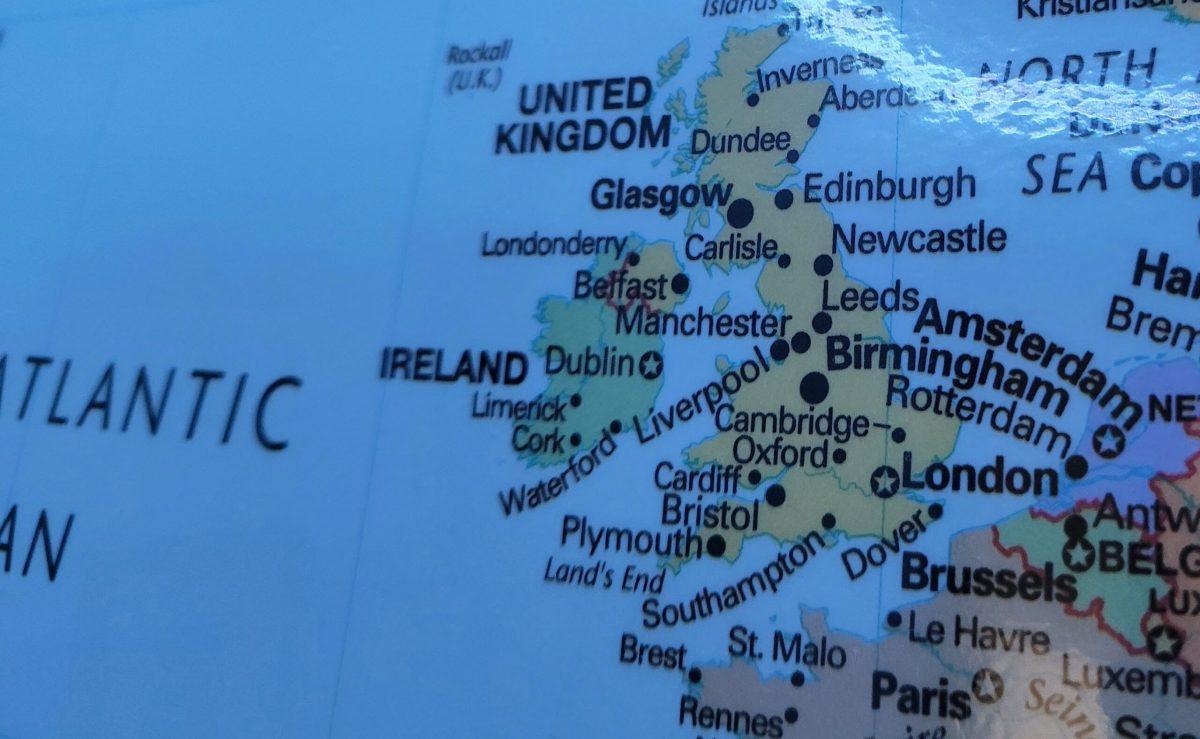
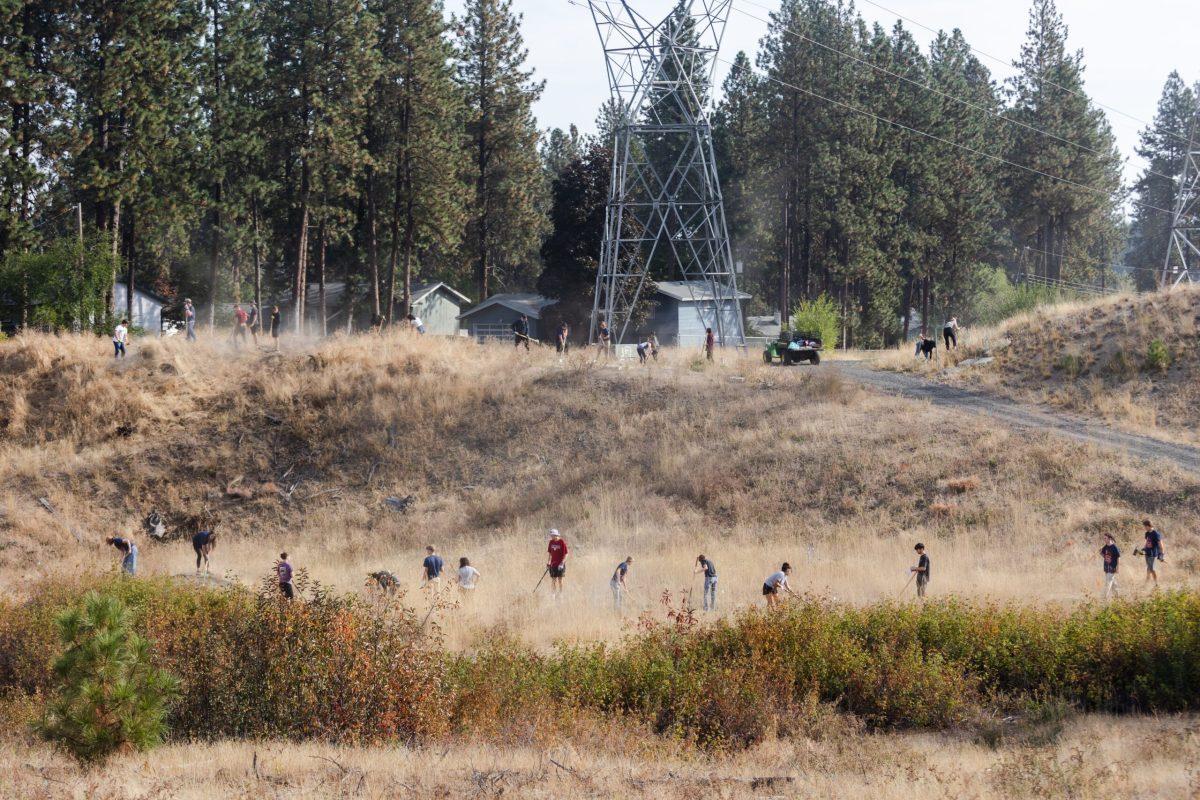
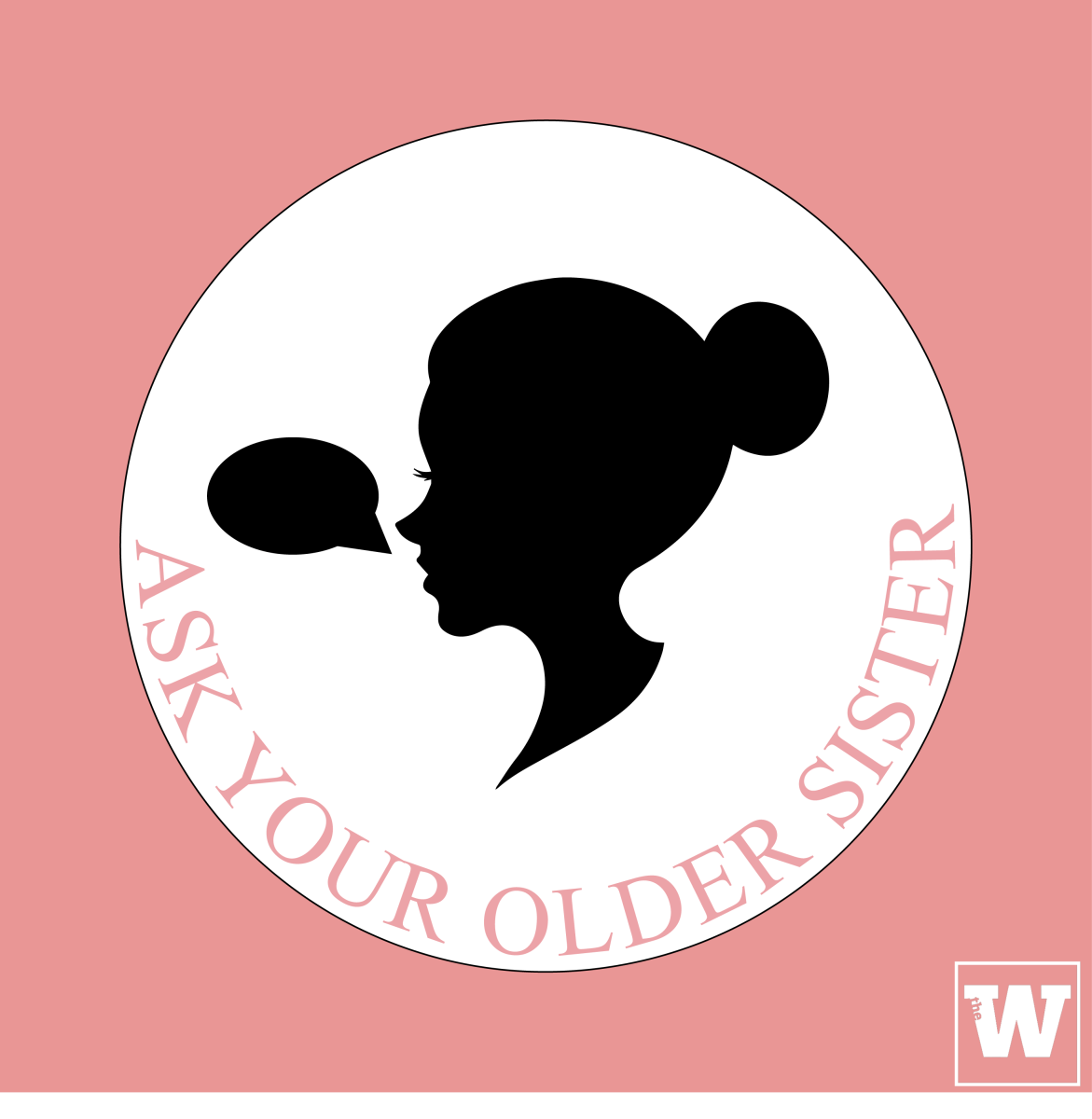
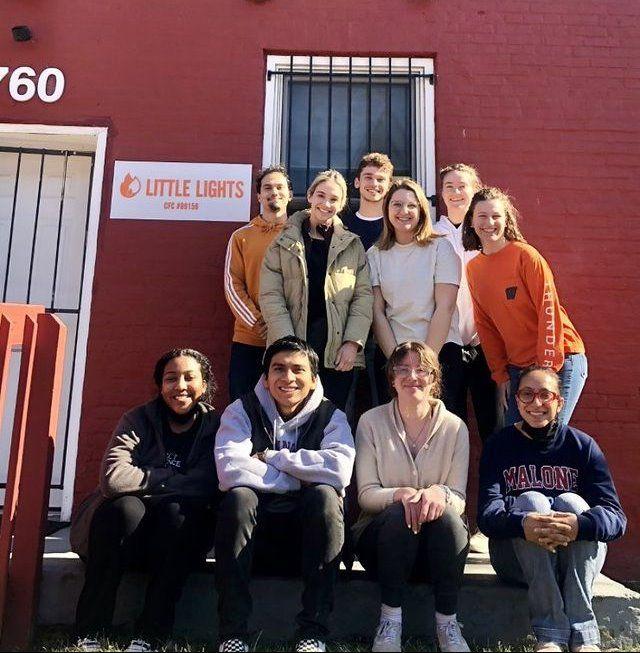
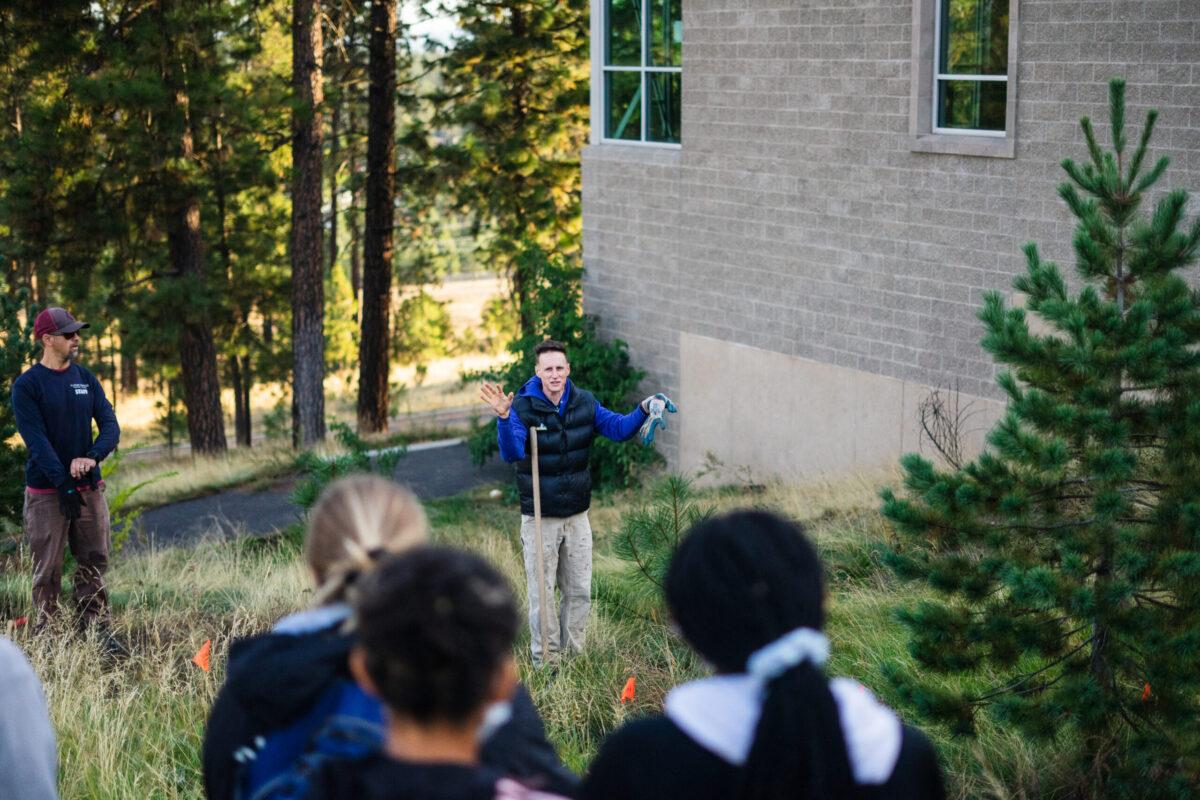


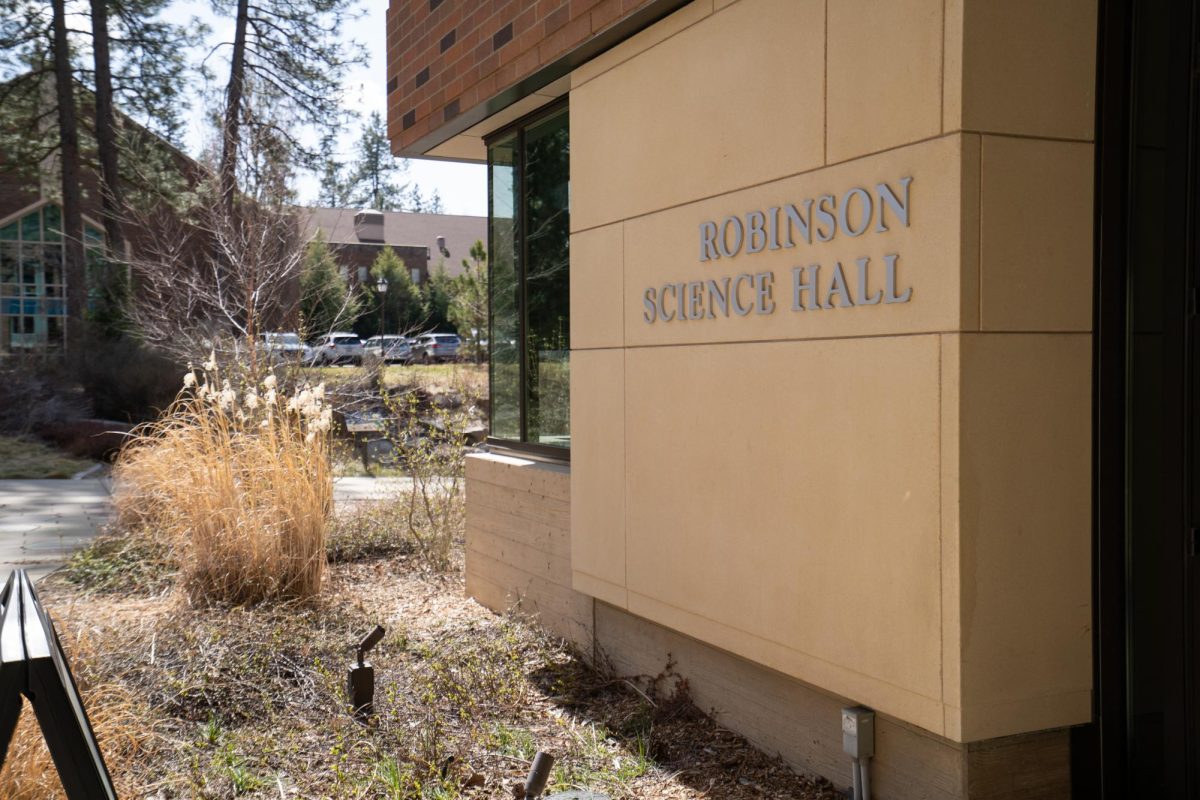
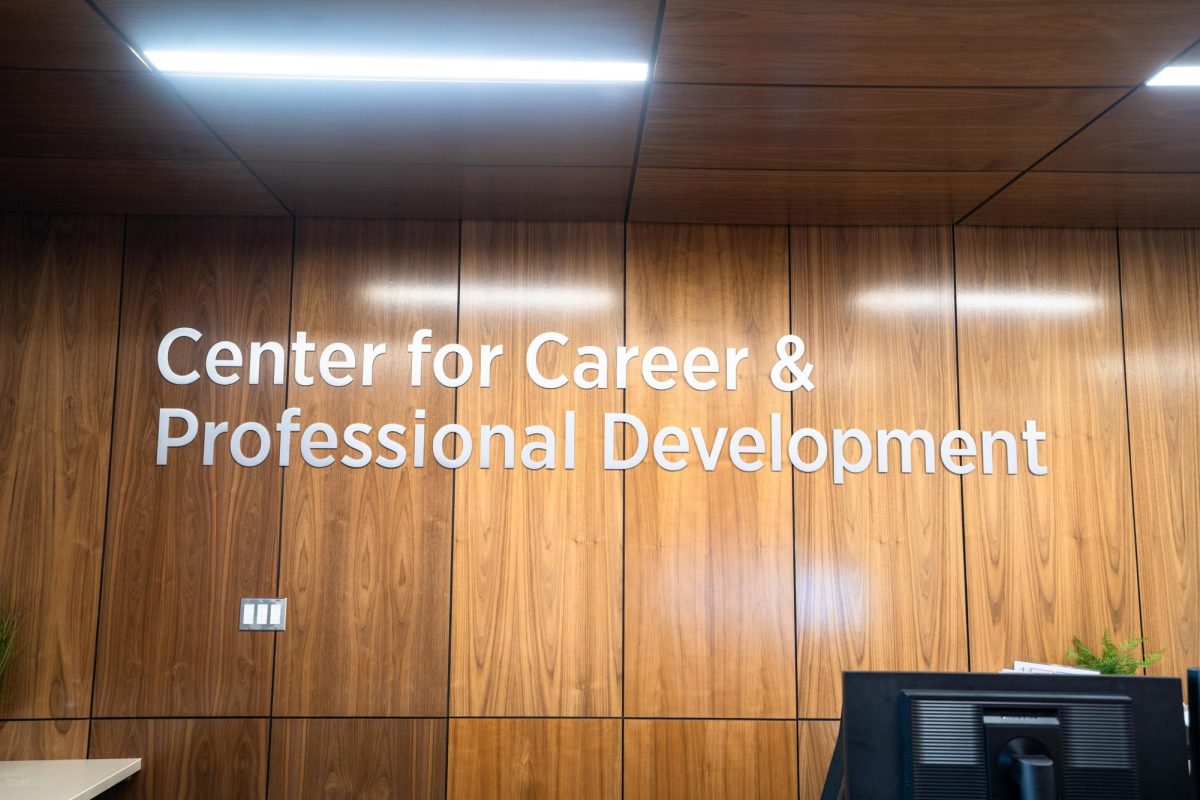

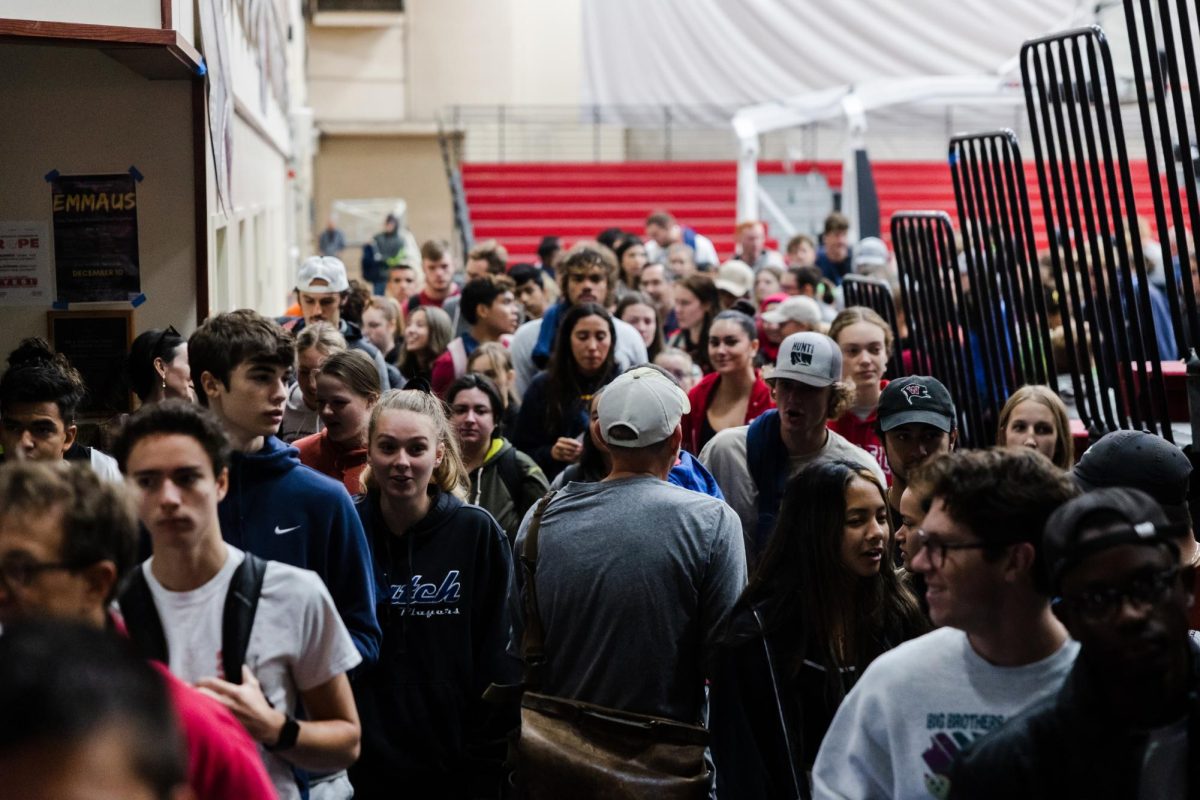
Digital Journalist • May 31, 2011 at 11:42 pm
[…] By Kyle Kim Editors note: the story was originally published for the May 10 issue of The Whitworthian. You can access both the issue and online edition here. […]